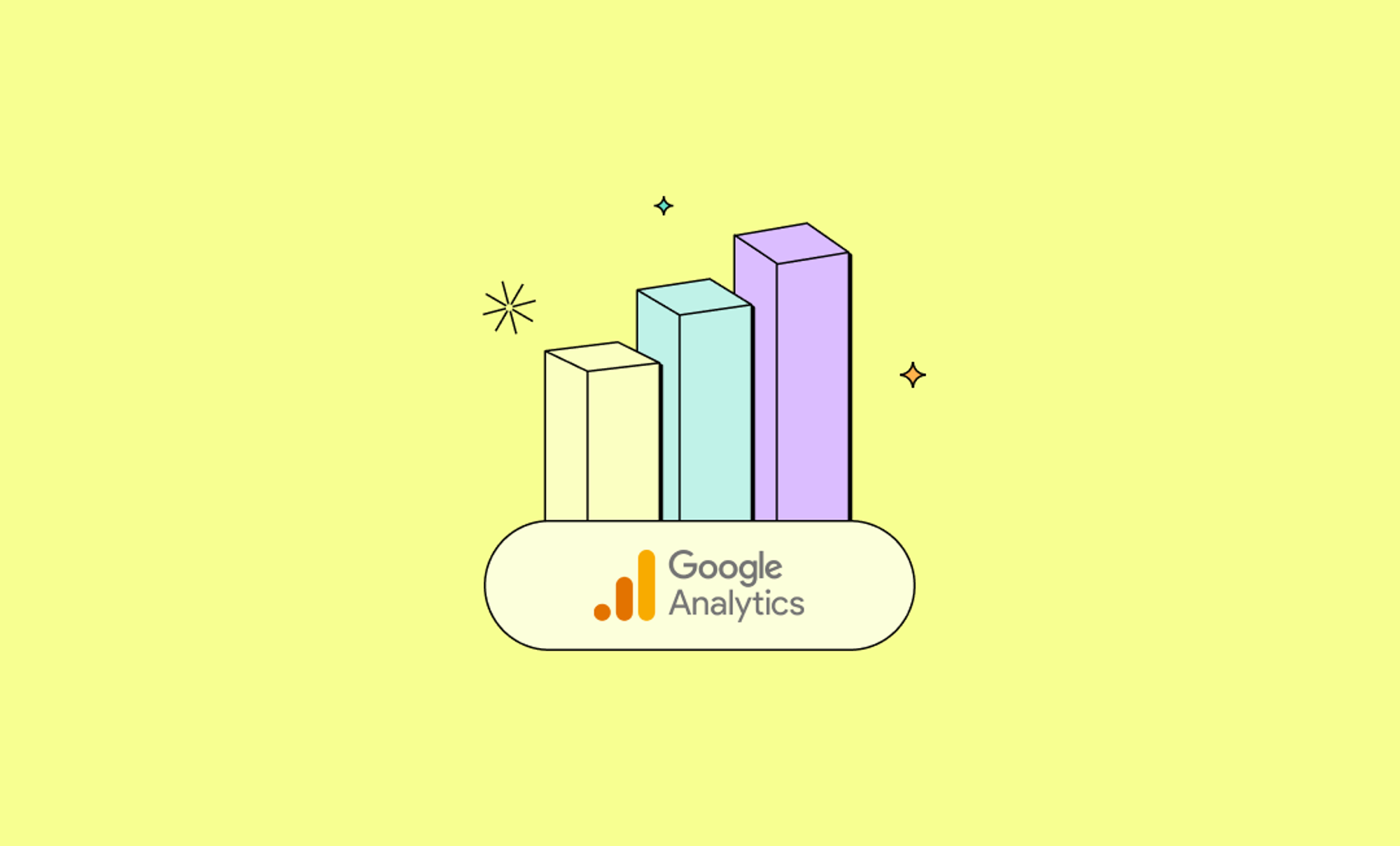In our previous article, we discussed [Full Funnel Marketing: Mastering Purchase Conversion Rates]. I'm sure many of you are concerned about data analysis when executing a diverse set of campaigns simultaneously. The purpose of data analysis is to pinpoint gaps within your ecommerce sales funnel and devise strategies for improvement - to achieve the Full-Funnel Marketing goal. To get there, you must consider four fundamental indicators.
Essential Data Analysis Sequence for Ecommerce Sales Funnel Success
This analysis starts from major indicators to more detailed ones.
Review indicators → Identify the cause → Check further indicators to validate the cause → Hypothesize improvement methods → Implement actions to verify hypotheses
Repeating these 5 steps is a key for a successful indicator analysis. It’s difficult to find the points for improvement by simply reviewing the indicators without any hypothesis.
We'll use Datarize's analytics as an example to demonstrate this approach. First, we examine revenue, number of sessions (acquisition), Purchase CVR, and average revenue per paying user (ARPPU). By checking these four major indicators, it seeks out points that have decreased and estimates reasons for deeper data analysis.

First, we observe a significant decrease in revenue, down 39.83% compared to the last 30 days. In ecommerce, revenue is both the primary goal and the most critical metric, which is why it's the first thing we check. Secondly, to identify the reasons behind the revenue drop, we examine other key performance indicators in sequence: the number of sessions, Purchase CVR, and ARPPU. The data shows a 37.88% decrease in session numbers, with minimal fluctuations in the other metrics. This indicates that the reduction in the number of sessions was the principal cause of the decline in revenue.

Next, it checks the source of the drop in sessions by looking at the session indicators. Among the sessions, you can see there has been a drop in new visitors. In this case, you can estimate that the performance ad, which has the deepest relationship with new visits, is the issue.

Then it reviews the 'Acquisition' data to assess the efficiency of each advertising channel and confirm if the estimated cause is correct. Compared to last month, the Naver ad session rate has dropped by 36%. At that moment, you can hypothesize that the material used for the Naver ad was the issue, excluding the possibility of a reduced marketing budget. Therefore, you can create a new ad and distribute it to address this issue.
If Purchase CVR is the primary reason for the drop in revenue, then consider conducting an analysis like this.
Insights Into Purchase CVR
- Examine CVR at each stage of the ecommerce sales funnel, from ‘Visit → Product View → Purchase Attempt → Purchase Complete’. (Essential E-commerce Sales Funnel Analysis Methods You Need to Know)
- Identify the causes by pinpointing the stages where there is a significant drop in Conversion Rate (CVR). Below are some instances:
- Low CVR for ‘Visit → Product View’ phase : Change the landing page for advertising material.
- Low CVR for ‘Product View → Purchase Attempt’ phase : The customer feels the price to be set too high.
- Low CVR for ‘Purchase Attempt → Purchase Complete’ phase: Threshold for applying discounts / free shipping is set too high
Insights Into ARPPU
- Identify the causes by customer types.
- New Visits : Excessive events targeting new members.
- Repeat Visits: An inadequate cross selling strategy.
Closing words
Even though full-funnel marketing involves executing various campaigns concurrently, the approach to analyzing indicators remains uniform. Employing the indicator analysis formula provides quick insights into relevant data points. By exploring these articles on ecommerce sales funnel marketing, you're equipped to confidently implement diverse strategies from multiple angles.

.png)
-1.png)
-1.png)
